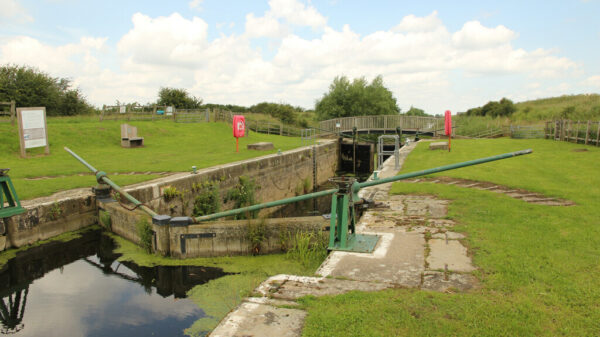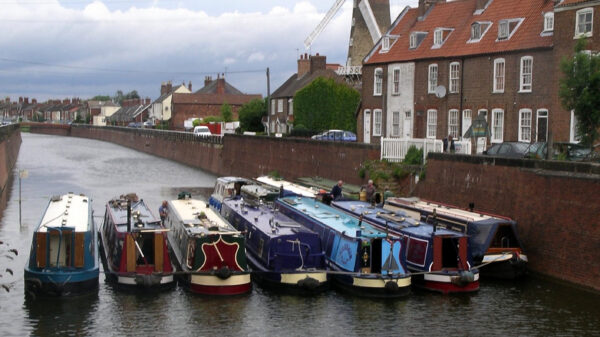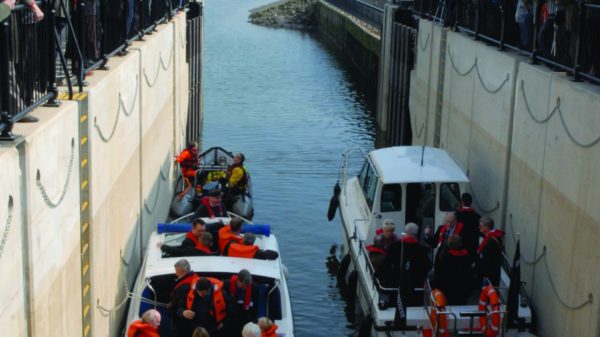About the River Ancholme
The River Ancholme is navigable from the Humber Estuary at Ferriby Sluice, near South Ferriby, to its terminus at Bishopbridge 19 miles (30.4 km) upstream. There are two locks (Ferriby Sluice and Harlam Hill Lock) and an additional navigable loop in the river to the small town of Brigg.
The river has long been used for navigation and drainage of the surrounding lands. The course was substantially straightened in the mid 1600s to improve drainage and a sluice was constructed at Ferriby to stop the ingress of silt from the Humber estuary. The new channel bypassed the town of Brigg but the old channel was retained forming Carr Island. After many years of neglect a new sluice, including a lock, was completed in 1769 by the newly appointed commissioners. This, together with dredging, so improved navigation that the Caistor Canal was built in the late 1790s. Problems with drainage meant that John Rennie was consulted in 1801; he proposed work on Ferriby Sluice and adding two new locks at Harlam Hill and Kingerby. Only Harlam Hill lock was eventually built, in 1827. The lock and the channel above were derelict in the 1980s, only being fully restored to navigation in 2004 with funds raised by the Lincolnshire Waterways Partnership. There are some notable bridges over the river including Horkstow Bridge; this is the first bridge after Ferriby and is the only suspension bridge designed by John Rennie.
[The photo shows Harlam Hill Lock – by Richard Croft CC BY-SA 2.0]









